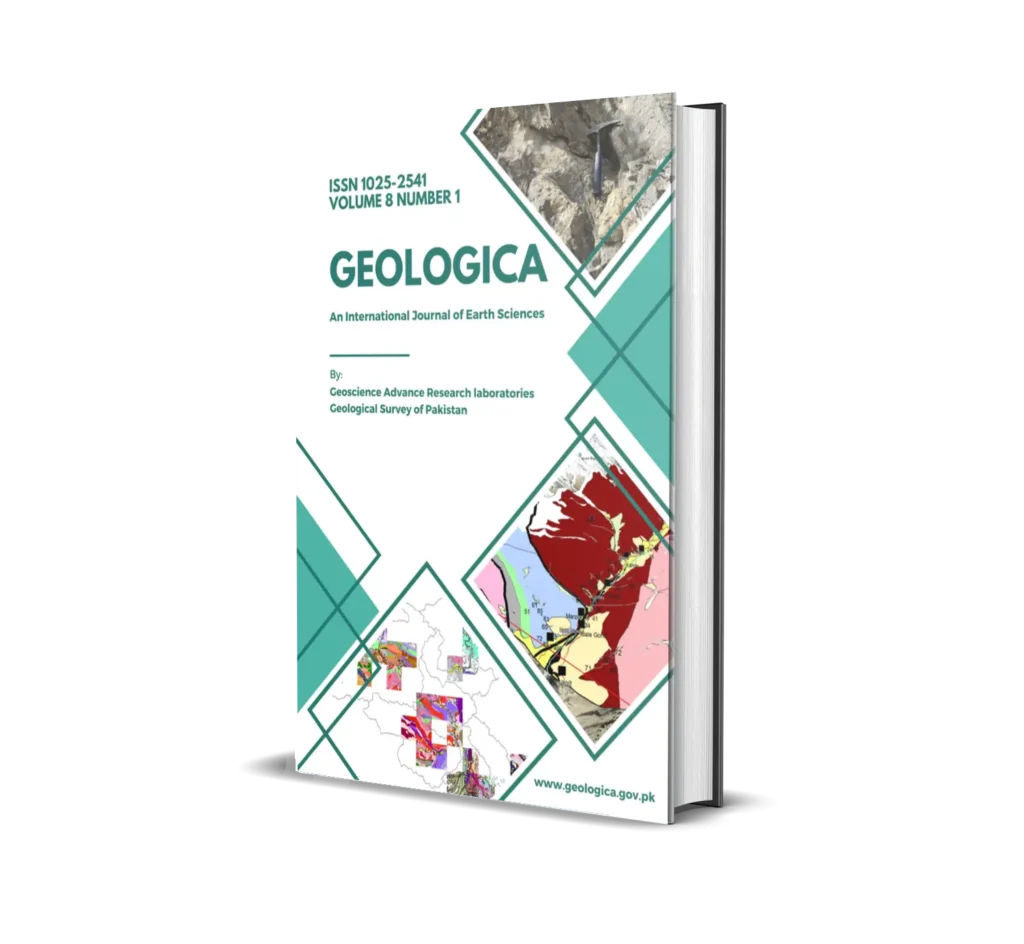Abstract
This paper describes a brief review of early developments of copper bioleaching from sulfide ores and discuss its prospective for copper extraction from indigenous sulfide ore deposits in Pakistan. Copper exists in the form of chalcopyrite (CuFeS2), chalcocite (Cu2S), covellite (CuS), bornite (Cu3FeS3), enargite (Cu3AsS4), and tennantite (Cu3AsS3) as the most important copper sulfide minerals in porphyry, strata-bound (sediment-hosted) and volcanogenic massive sulfide deposits. Pyrite (FeS2) and other metals (Ni, Co, Mo, Zn, etc.) sulfide minerals also exist in the Cu-sulfide ore deposits. During bioleaching process, sulfuric acid (H2SO4), ferric sulfate (Fe2(SO4)3) and copper sulfate CuSO4 in the leach solution are generated from the bacterial oxidation of pyrite (FeS2) and Cu-sulfide mineral(s) by acidophilic Fe- and S-oxidizing mesophiles and moderate thermophiles. Sulfuric acid (H2SO4) acts as lixiviant (leaching agent) and ferric sulfate (Fe2(SO4)3) as oxidant during bioleaching process of chalcopyrite (CuFeS2). The bioleaching reactions are optimal at pH 1.5-3.0 as the low pH facilitates proton attack on minerals and alleviates the precipitation of metals in the leach solution. The soluble Cu is recovered by solvent extraction (SX) from acidic copper leach liquor and stripping/elution during downstream processing followed by electrowinning (EW) to produce cathodic copper (99.9% Cu) product in the biohydrometallurgical process. Copper is extracted from sulfidic ores and mining wastes on a commercial scale using heap and dump bioleaching processes. The bioleaching process is considered a highly profitable by turning residuals into value which provides a unique opportunity to introduce innovative environment-friendly copper extraction technology on commercial scale. The bioleaching process can be applied for extraction of Cu and associated valuable metals from indigenous low-grade, cut-off grade, froth tailings, and mining wastes of sulfide ore deposits
Keywords: Acidophilic iron- and sulfur-oxidizing bacteria, bioleaching, chalcopyrite, pyrite oxidation, copper primary and secondary ores





